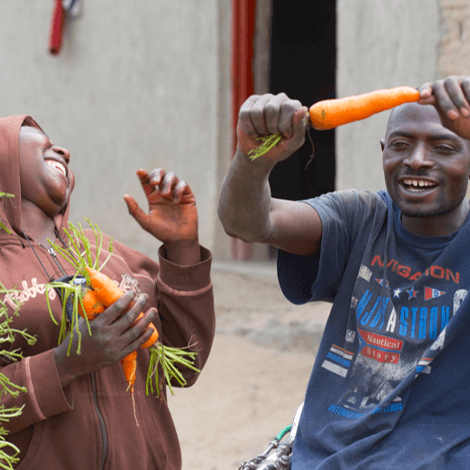By Zephania Ubwani Bujumbura — Gitega, a town located 65 kilometres east of the Burundian capital, is one place whose past will touch the emotions of the people a country for years torn by violent conflicts. The town is sandwiched between the mist-covered mountains in the central highlands, almost about the same distance from the Tanzanian border. Historical records indicate that it was once the capital of the country until shortly before independence in 1962. Although the capital was relocated to the present seat years later, Gitega retained its position as the home of the Burundi National Museum. At one time also, it was the seat of the monarchy when the country adored the traditional leaders as was the case in other area of the Great Lakes Region. A royal court still stands there as are royal drum sanctuaries. It was due to its strategic role in the country's affairs that Gitega tested a bitter side of Burundi's history. When King Ntare V was overthrown in the famous military coup d'etat of 1966 which disbanded monarchy in Burundi, he fled the area for a few years. But when he reinstated his kingdom in 1972, he was assassinated and that opened another chapter of the country's tragic history. The country was plunged into one of the most horrific bloodsheds, leading to the killing of nearly 300,000 in the massacre which bore hallmarks of a genocide in neighbouring Rwanda two decades later. The bitter fighting pitted the Hutu against the Tutsi, the...
East Africa: Searching for Peace, Burundians Now Turn to Their Roots
Posted on: December 16, 2016
Posted on: December 16, 2016















